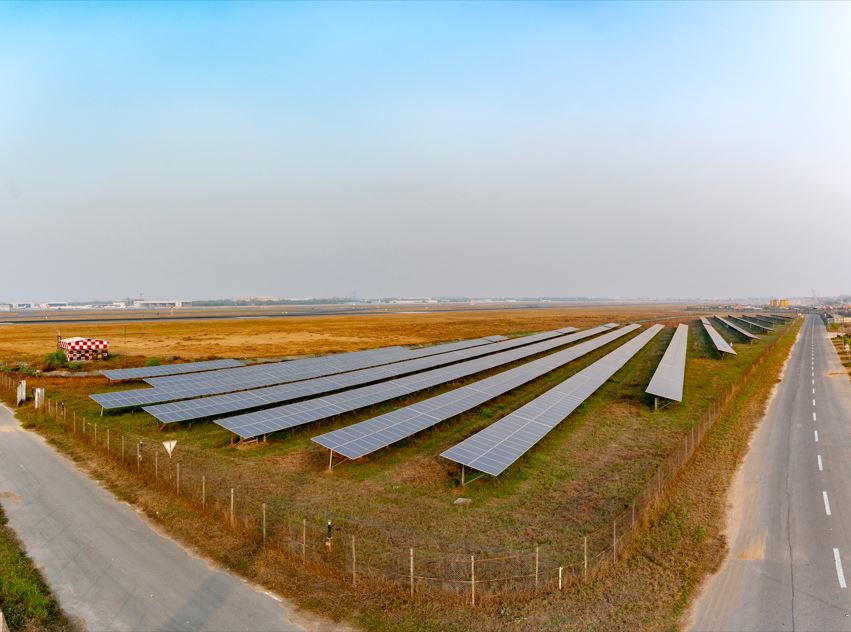
Can airports achieve peak operational efficiency without compromising sustainability?
This question defines the future of modern aviation infrastructure amid soaring energy demands, stringent environmental regulations, and growing passenger volumes.
The answer lies in a paradigm shift: treating energy management not as a background utility, but as a strategic pillar woven into the very fabric of airport design and operations.
Today’s airports are not mere transit points—they are vibrant, high-tech ecosystems, each terminal operating as a mini-city powered by thousands of interconnected systems. Lighting, HVAC, baggage handling, airfield lighting, security infrastructure, and data centers continuously draw massive energy loads. And with 24/7 operations, the stakes for energy optimization have never been higher.
Traditionally, airport energy systems were reactive—managed in silos, optimized only when costs escalated. That model no longer suffices.
Smart energy solutions represent a new frontier: where technology, data, and design converge to monitor, control, and optimize energy use dynamically and in real-time.
These solutions include:
Airports are increasingly deploying solar farms near runways and rooftop photovoltaic panels—not just to meet environmental goals, but to hedge against volatile grid costs and ensure long-term energy resilience.
By adopting performance-based models, airports collaborate with energy service companies that finance and implement upgrades, recovering investments through the savings generated—accelerating modernization without heavy upfront capital.
Next-generation BMS platforms now leverage AI and ML, forecasting energy spikes, adapting to passenger flows, and optimizing operations autonomously—reducing wastage and improving user comfort simultaneously.
Transitioning to LED lighting, enhanced with occupancy sensors and daylight harvesting, has delivered up to 70% reductions in lighting energy consumption at leading airports—demonstrating immediate ROI.
Certification programs like ACI’s ACA are driving airports to institutionalize energy efficiency, monitor carbon footprints rigorously, and champion smart energy strategies at boardroom levels.
Despite the momentum, key hurdles persist:
At GMR Engineering and Management Services (GEMS), energy is more than a line item—it’s a lever for transformation.
Drawing from deep operational expertise across major airports like Delhi (IGIA) and Hyderabad (RGIA), GEMS embraces a holistic philosophy:
Because at GEMS, smart energy is not just about technology—it’s about foresight, functionality, and future-readiness.
As Roy Sebastian, CEO of GEMS, puts it:
"Sustainability doesn't start after construction—it begins with the first line drawn on the blueprint. In today’s world, smart energy isn't optional. It’s essential. The airports that lead will be those that balance technology with intent, design with data, and consumption with consciousness."
Need expertise in building energy-smart airports?
Email us at Rohitkumar.Singh@gmrgroup.in
Or connect at +91 97171 99753.